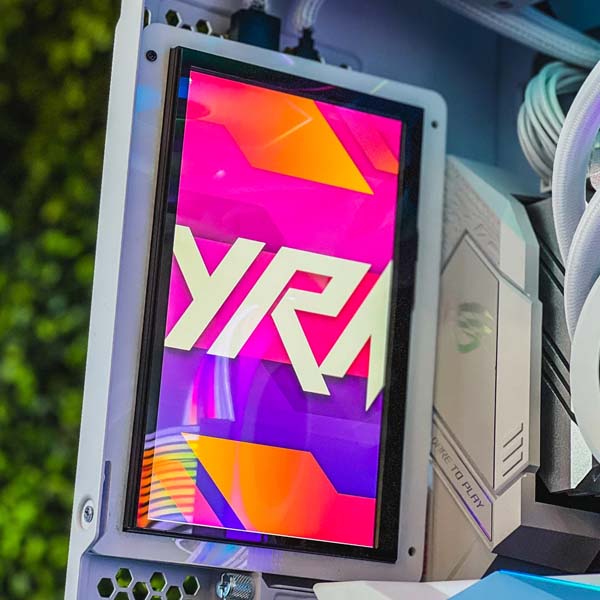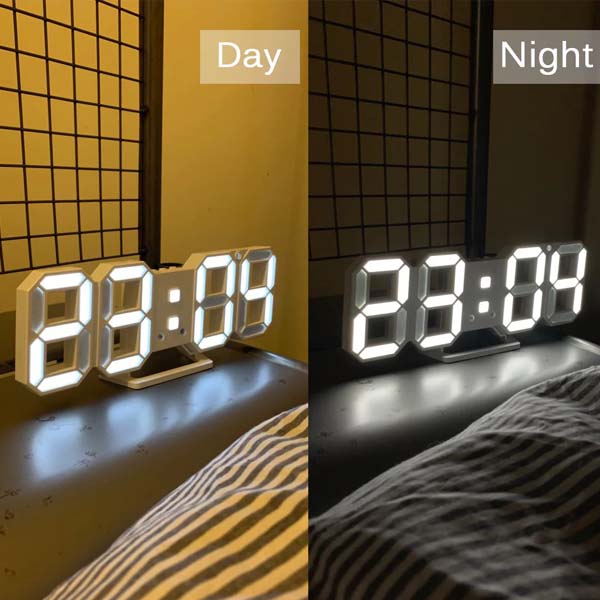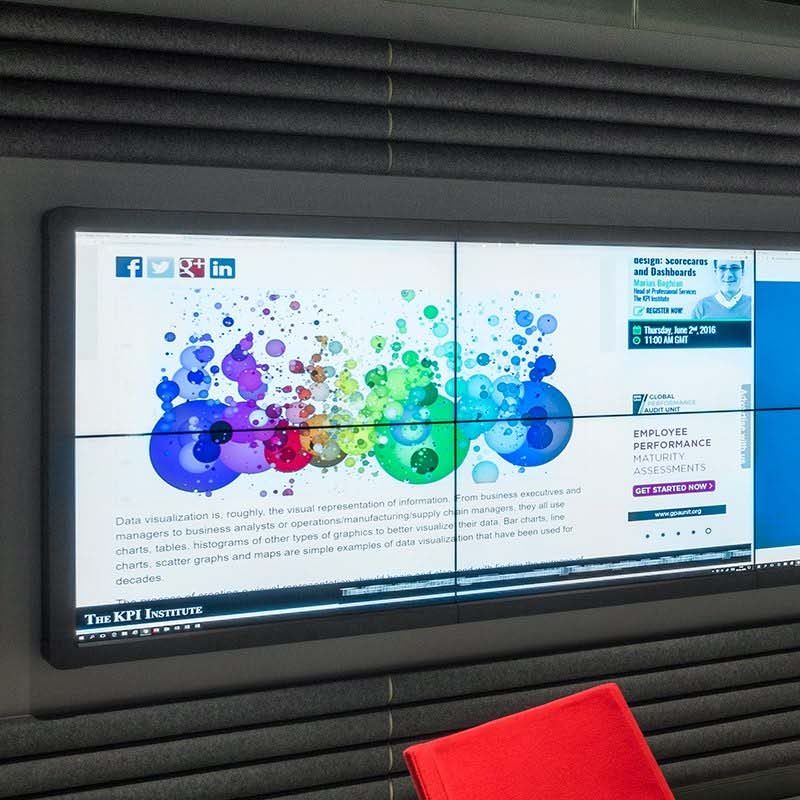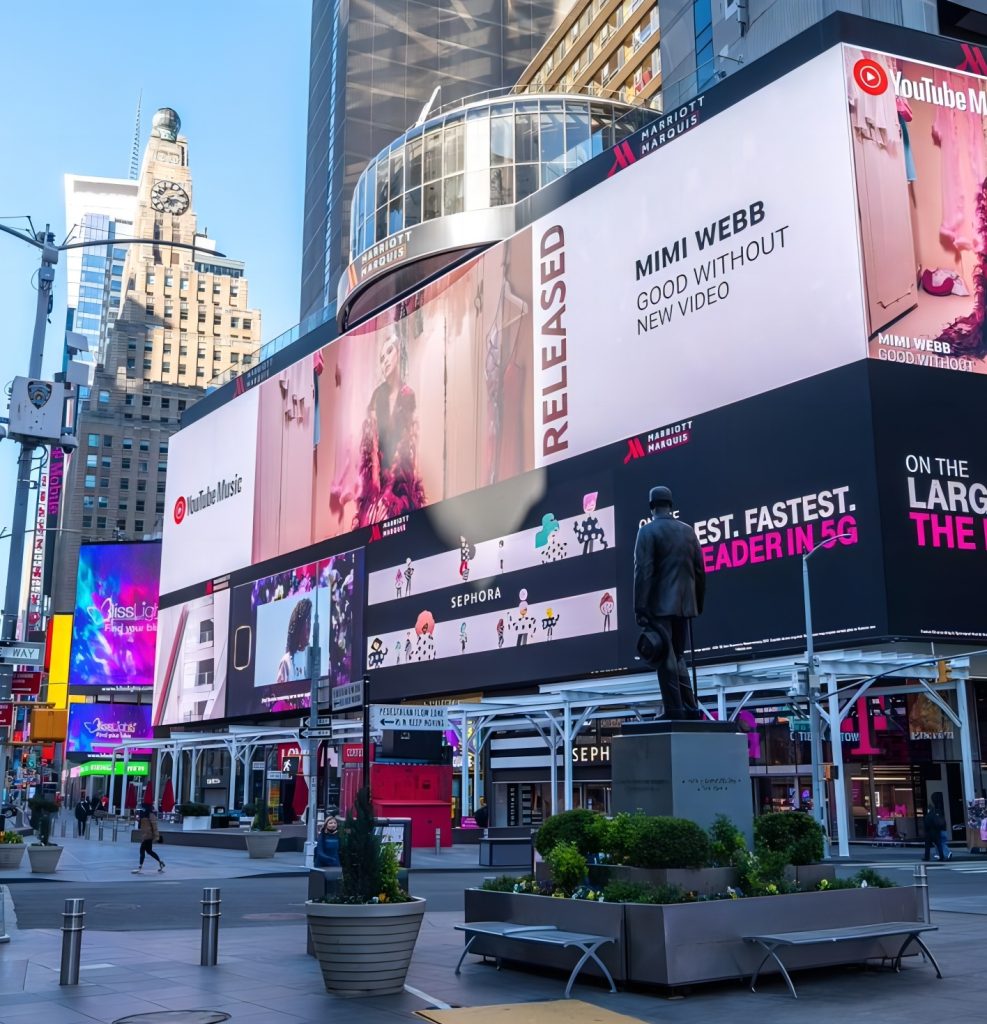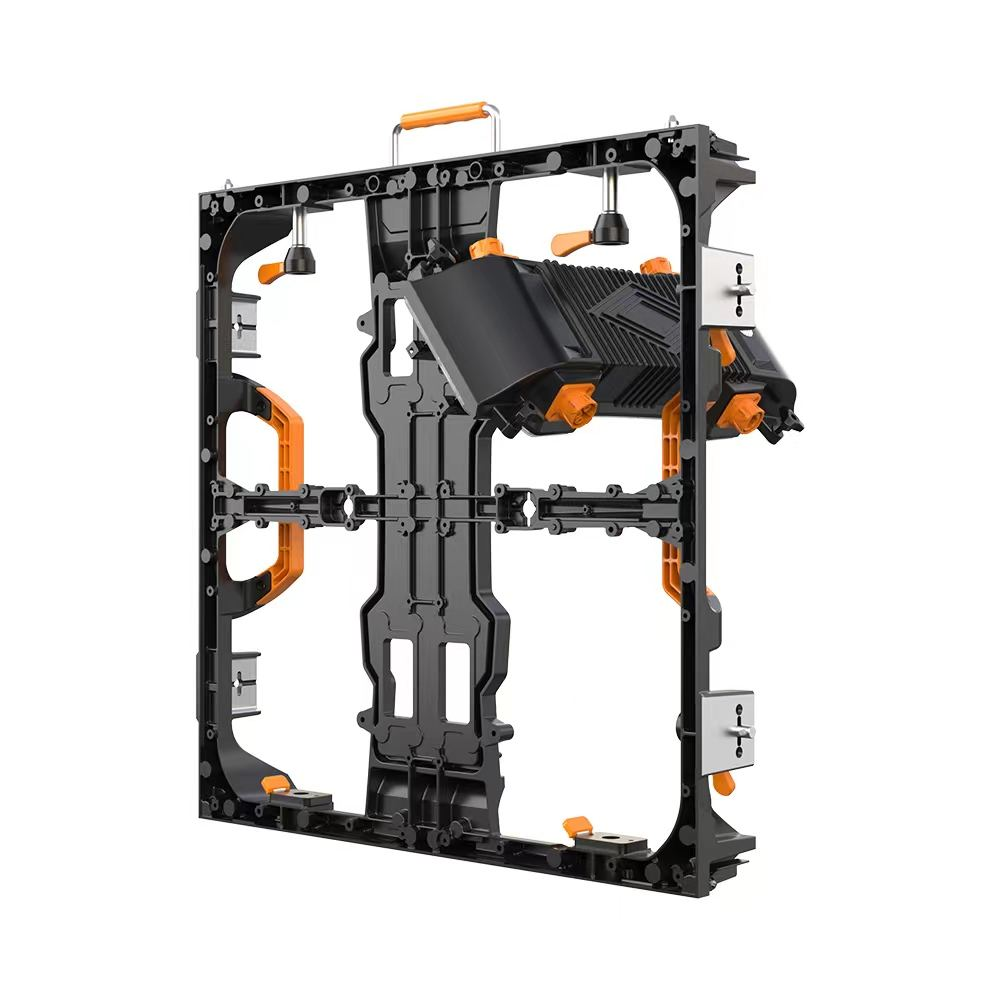Taxi LED Displays: Enhancing Urban Mobility Through High-Brightness Digital Signage
In today’s rapidly evolving urban transportation ecosystems, taxi services remain an essential pillar for short-distance mobility and last-mile connectivity. The advent of advanced digital technologies has significantly impacted how taxis communicate with passengers, city officials, and advertisers. At the forefront of this transformation are taxi LED displays — high-brightness, sunlight-readable digital signage integrated into taxis that offer dynamic, real-time information and advertising capabilities. This article explores the technology, applications, benefits, challenges, and future trends of taxi LED displays, delivering an authoritative and comprehensive understanding suited for industry professionals, fleet operators, advertisers, and urban planners.
Introduction to Taxi LED Displays
Taxi LED displays are specialized digital screens installed on or inside taxis designed to operate reliably in diverse lighting and environmental conditions. Their primary roles include displaying availability status (e.g., “Vacant” or “Occupied”), dynamic pricing, destination information, safety messages, and advertising content. Unlike traditional static taxi signs, these displays leverage LED (Light Emitting Diode) technology renowned for its superior brightness, contrast, and energy efficiency.
Given their exposure to direct sunlight and varying weather conditions, taxi LED displays must be engineered for excellent readability in all ambient lighting scenarios, particularly high-brightness, outdoors, and viewing angles that accommodate multiple pedestrians and vehicles around a taxi. This requires meticulous hardware and software design adhering to industry standards for visual performance and durability.
Technical Overview of Taxi LED Displays
Display Technology and Brightness Requirements
LED displays used in taxi signage typically employ surface-mount device (SMD) LEDs due to their compact size, energy efficiency, and excellent color rendering capabilities. The pixel pitch — the distance between the centers of two adjacent pixels — greatly influences resolution, with taxi displays commonly utilizing pixel pitches ranging from 3mm to 10mm to balance clarity and cost.
High brightness is a defining characteristic of taxi LED displays. To ensure readability in direct sunlight, these screens must provide luminance levels typically between 5,000 to 7,000 nits. For context, standard indoor displays offer around 300 to 500 nits, while typical outdoor billboards range between 5,000 to 10,000 nits. This level of luminance allows displays to maintain clarity and legibility even during peak midday sun exposure.
Sunlight Readability and Contrast Ratio
Sunlight readability is not solely dependent on brightness; contrast ratio plays a critical role. Higher contrast improves the distinction between displayed text or images and the background. Taxi LED displays incorporate specialized optical coatings, anti-reflective layers, and design elements such as shading hoods to reduce ambient reflections.
Additionally, advanced technologies like dynamic brightness adjustment enable the display to adapt output luminance based on ambient light sensors, optimizing power consumption without compromising visibility.
Durability and Environmental Protection
Taxi LED displays are designed to withstand the stresses of urban transport, including vibration, dust, humidity, and temperature fluctuations. Enclosures typically meet or exceed IP65 ingress protection standards, ensuring resistance against dust ingress and water jets. Materials used must also be UV-resistant to prevent degradation over time.
Power Consumption and Integration
Given the limited power resources within vehicle electrical systems, energy efficiency is a priority. Modern LED components are optimized for low power draw, often incorporating smart power management circuits. Display controllers can interface with taxi fleet management systems or GPS units, enabling real-time content updates, operational status transmission, and analytics collection.
Practical Applications of Taxi LED Displays
Passenger Information and Safety
Taxi LED displays provide essential communication to passengers, including:
- Availability Status: Clear “Vacant” or “Occupied” indicators improve passenger convenience and reduce boarding time.
- Route and Destination Information: Some taxis display destination or route details, enhancing transparency and customer confidence.
- Safety Messages: Real-time alerts such as COVID-19 precautions or emergency contact information foster a safer fare environment.
Advertising and Revenue Generation
One of the most transformative uses of taxi LED displays lies in dynamic advertising. Unlike static vinyl wraps or paper signs, LED displays enable:
- Dynamic Content Delivery: Advertisements can be rotated, targeted, and updated remotely based on geographic location or time of day.
- High Engagement: Bright, animated content attracts attention from pedestrians and other drivers, increasing advertiser ROI.
- Interactive Capabilities: Emerging technologies allow integrations with mobile apps or QR codes, promoting customer interaction.
Fleet Management and Smart City Integration
Taxi LED systems are increasingly integrated into broader fleet management platforms. This enables operators to:
- Monitor vehicle status and location in real-time.
- Update taxi availability or pricing dynamically to adapt to demand fluctuations.
- Transmit data for traffic management and urban planning purposes.
Furthermore, with the rise of smart city concepts, taxi LED displays represent a node within an interconnected urban communication network, facilitating better resource utilization and user experience.
Advantages of Using LED Displays in Taxis
Superior Visibility and Readability
The primary benefit of LED technology lies in its ability to maintain optimal visibility under diverse lighting conditions, including bright daylight—a critical factor in busy urban environments.
Energy Efficiency and Longevity
LEDs consume significantly less power compared to traditional neon or incandescent signage and boast longer operational lifespans (exceeding 50,000 hours) which reduces maintenance and replacement costs.
Flexibility of Content
Operators can update messages remotely and instantly, enabling the tailoring of information based on real-time needs without the complexity and delays of physical sign replacements.
Enhanced Branding Opportunities
Taxi companies and advertisers gain access to dynamic marketing platforms that can adapt to campaigns, seasons, and promotions, extending brand visibility beyond conventional channels.
Common Challenges and Solutions
Electrical Interference and Vehicle Movement
The integration of electronic LED displays within vehicles introduces concerns around electrical interference, vibration, and mechanical shock. Employing ruggedized components, vibration dampening mounts, and shielded wiring helps mitigate these risks.
Ambient Light Fluctuations
Sudden changes in lighting environments, such as moving from outdoor daylight into tunnels or shaded streets, require adaptive brightness controls to maintain optimal readability and avoid glare.
Installation Constraints
Given the varied architecture of taxi vehicles worldwide, standardizing installation while allowing customization is challenging. Modular display systems with flexible mounting options address this concern effectively.
Content Management and Compliance
Ensuring that displayed advertising and information adhere to local regulations and ethical standards requires robust content management systems (CMS) and adherence to guidelines outlined by municipal authorities.
Latest Trends in Taxi LED Display Technologies
Integration with AI and IoT
Emerging solutions leverage artificial intelligence for automated content optimization based on audience demographics, location data, and traffic patterns. The Internet of Things (IoT) connectivity allows taxi displays to become part of a networked system, facilitating real-time analytics and city-wide data aggregation.
Higher Resolution and Flexible Displays
Advancements in LED technology have introduced ultra-fine pixel pitch displays (sub-2mm) that support sharper visuals and richer color palettes. Flexible and curved LED panels expand design possibilities for unique vehicle branding and aerodynamic installations.
Energy Harvesting and Sustainability
Incorporating solar panels and energy harvesting technologies reduces the environmental footprint of taxi LED displays, appealing to sustainability goals increasingly prioritized by cities and companies.
Case Studies and Industry Standards
Case Study 1: London’s Iconic Black Cabs
London’s taxi fleet adopted high-brightness LED displays for their roof signs, interfaced with real-time hail-status updates and emergency broadcast messaging. Results included reduced passenger wait times and increased operator advertising revenue by 25% within the first year.
Case Study 2: Singapore’s Smart Digital Taxis
Singapore integrated taxi LED systems into its Smart Nation initiative. Displays provide passenger info, public service announcements, localized advertising, and integrate with citywide transport apps for seamless travel experiences. Increased user satisfaction and revenue diversification were documented.
Industry Standards:
Taxi LED displays generally conform to the following standards and guidelines:
– IEC 60598-1: Safety of luminaires, which guides electrical safety and performance.
– ISO 9001: Quality management systems for manufacturing consistency.
– UL 8750: Safety standards for LED equipment.
– IP Rating IEC 60529: Ingress protection against dust and water.
– Local transport regulatory compliance for signage and advertising content.
Conclusion
Taxi LED displays stand as a prime example of how modern digital signage technologies can enhance urban mobility systems by merging effective communication, revenue generation, and passenger safety. Leveraging the properties of high-brightness, sunlight-readable LEDs ensures these displays deliver consistent, engaging content under challenging lighting conditions, while advancements in AI, IoT, and energy efficiency promise even greater integration within smart city infrastructures.
For taxi operators and city planners looking to improve the passenger experience, optimize fleet management, or capitalize on advertising opportunities, investing in robust, well-engineered taxi LED display solutions is a forward-looking strategy. Adhering to industry standards and incorporating cutting-edge technologies will ensure that such displays remain effective, reliable, and compliant across international markets.
References:
- “Light-emitting diode.” Wikipedia, Wikimedia Foundation, https://en.wikipedia.org/wiki/Light-emitting_diode (accessed June 2024)
- ISE LED Display Guide, Integrated Systems Europe, 2023.
- International Electrotechnical Commission. IEC 60598-1:2020 – Luminaires – Part 1: General requirements and tests.
- UL Standards for LED Lighting, Underwriters Laboratories, 2023.
- Smart Cities Council: Digital Signage in Urban Transport, 2022.
- Google Scholar articles on taxi digital signage adoption, 2021-2024.
- Case studies from the Taxi & Limousine Commission (TLC), New York City, Annual Reports 2022-2023.

